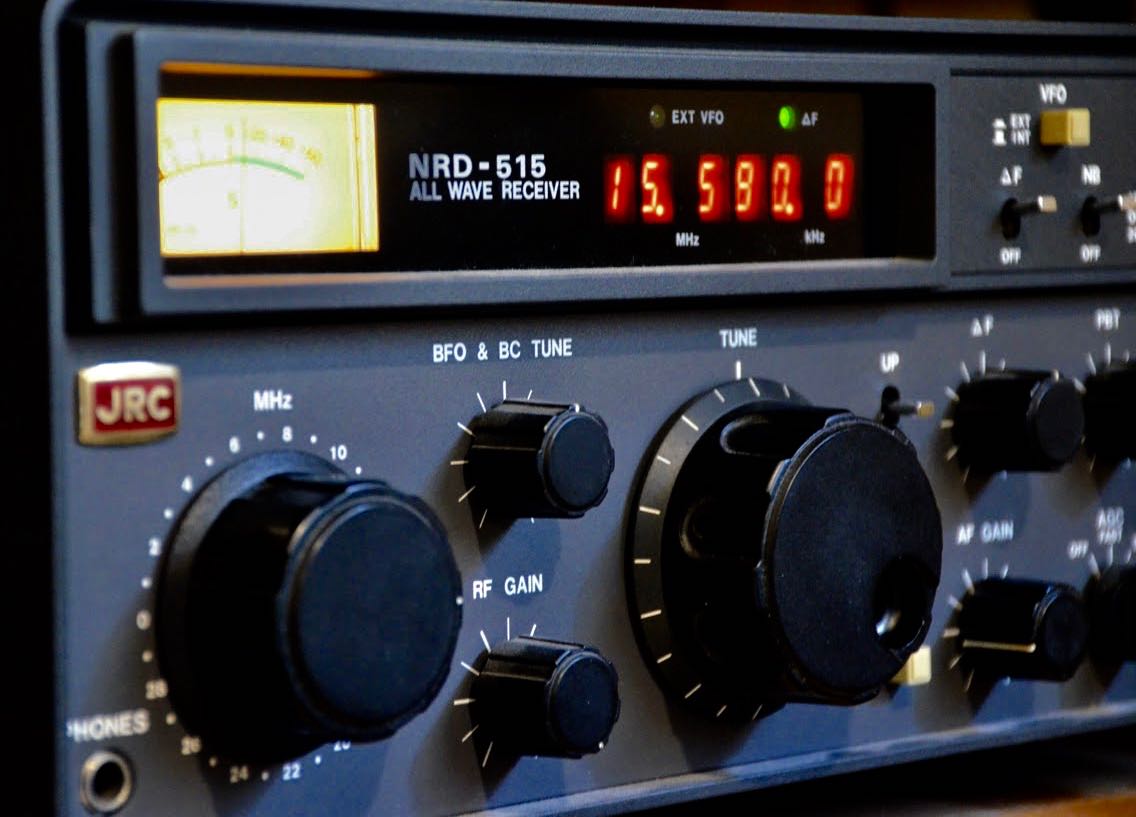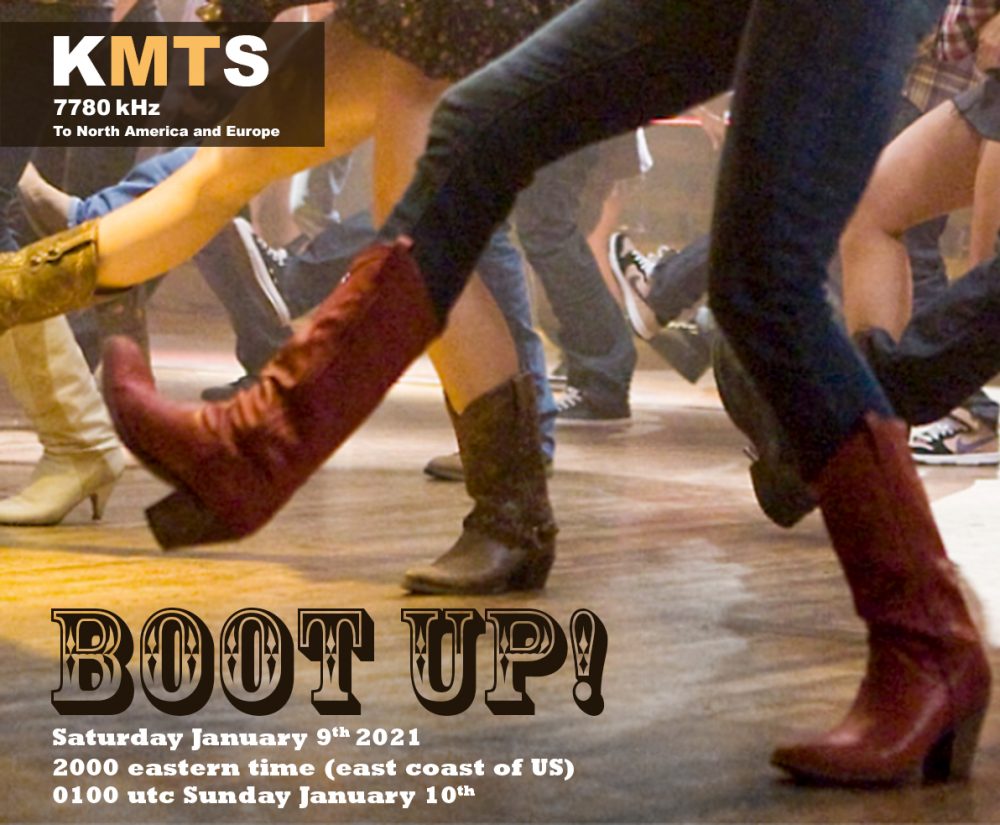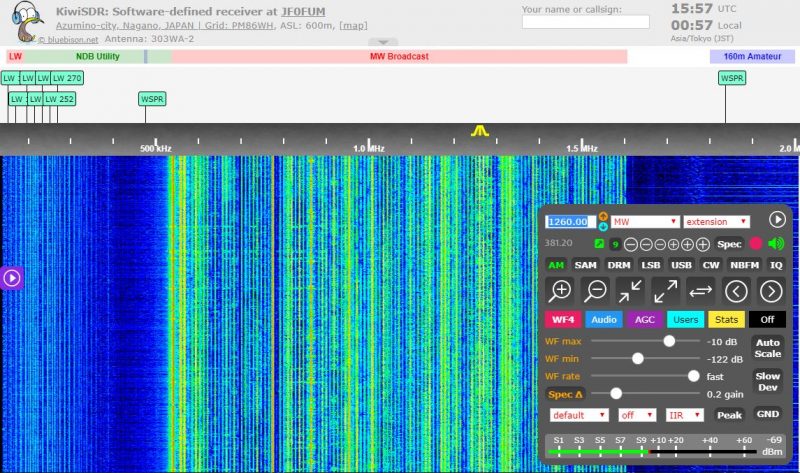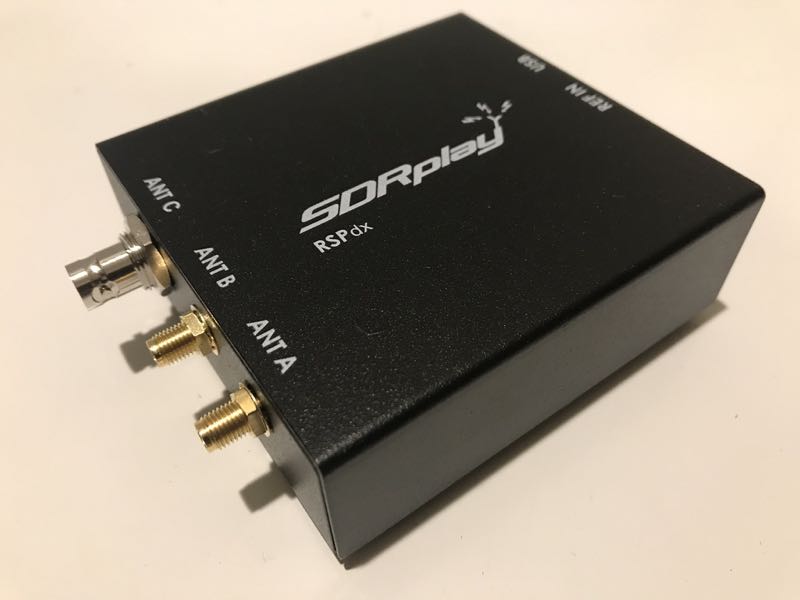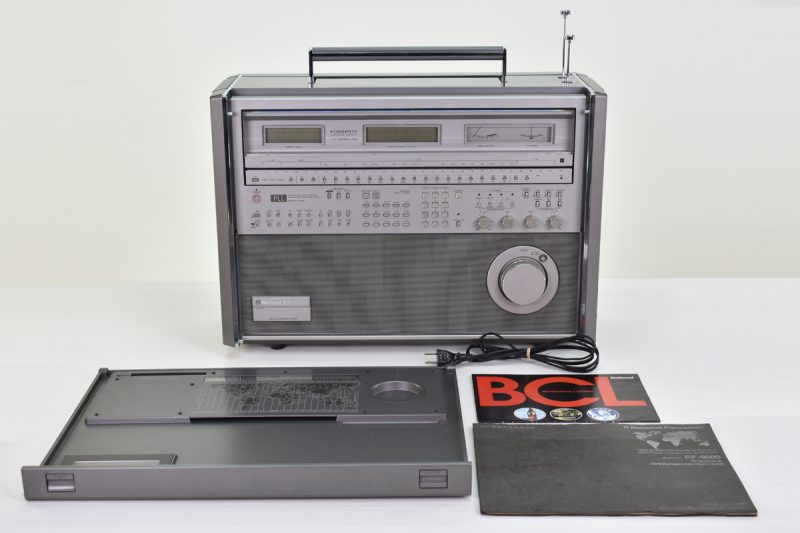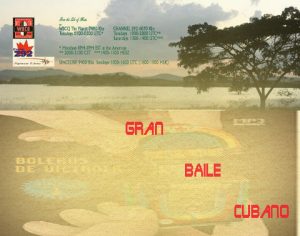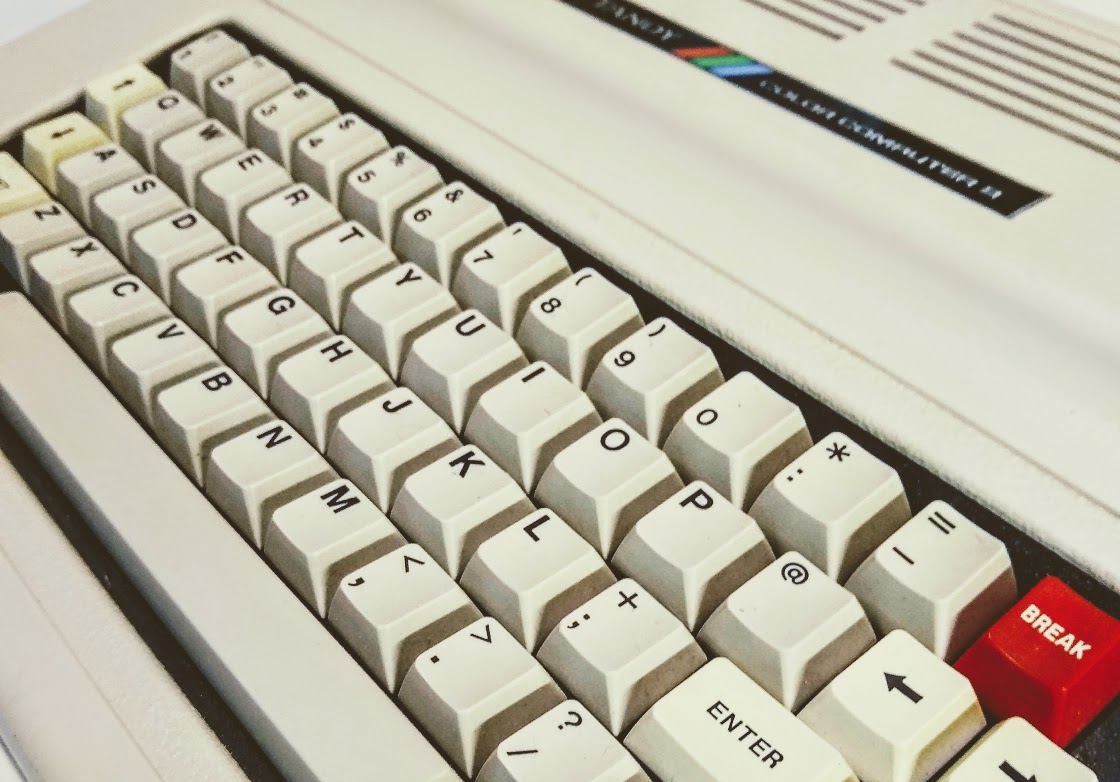Radio Waves: Stories Making Waves in the World of Radio
Because I keep my ear to the waves, as well as receive many tips from others who do the same, I find myself privy to radio-related stories that might interest SWLing Post readers. To that end: Welcome to the SWLing Post’s Radio Waves, a collection of links to interesting stories making waves in the world of radio. Enjoy!
Many thanks to SWLing Post contributors Tracy Wood, Richard Langley, and the Southgate ARC for the following tips:
With schools shut by pandemic, solar radios keep Kenyan children learning (Thomson Reuters Foundation)
Solar-powered radios have been distributed to the poorest homes that lack electricity access, with lessons broadcast daily during the COVID-19 crisis – and perhaps beyond
TANA RIVER, Kenya, Dec 23 (Thomson Reuters Foundation) – Deep in Tana River County, in southeastern Kenya, a group of pupils formed a circle around their teacher, jotting down notes as they listened to a Swahili diction lesson coming from the solar-powered radio sitting in their teacher’s lap.
The radio the children from Dida Ade primary school gathered around was one of hundreds distributed for free to the most vulnerable households in the semi-arid region east of Kenya’s capital, Nairobi.
The radios allow children without internet access or electricity at home to continue studying while schools are closed to slow the spread of COVID-19, in a project that could also help children stay in education after the pandemic.
Funded by the Zizi Afrique Foundation, a Kenyan non-governmental organisation that produces research to drive education policy, the solar-powered radios also come with bulbs for household lighting and slots for phone-charging.
When schools across Kenya shut in March to slow the spread of COVID-19, Zizi Afrique did a survey in Tana Delta sub-county and found that just over one-fifth of households owned a radio and only 18% had access to electricity.[…]
Synchronous AM’s Long and Tortuous History (Radio World)
AM boosters repeatedly have been proven effective, but the FCC consistently has declined to allow their wide use
With AM improvement on the radars of broadcasters and the FCC, there has been renewed talk in recent years about the subject of AM “boosters,” the carrier frequency synchronization of multiple transmitters. The commission opened a comment period on AM boosters in 2017.
It wasn’t the first time the FCC has explored this topic and failed to act on it. In fact, AM boosters have been proposed and tested dozens of times since the early days of radio. But even though the technology has repeatedly been proven effective, the commission consistently has declined to allow the operation of AM boosters on anything more than an experimental basis, for a variety of reasons.
Let’s take a moment to look back at the history of this beleaguered technology.
BOSTON REPEATER
In 1930, crystal control of transmitter frequencies was still an emerging technology, and the allowable frequency tolerance of a broadcast transmitter was +/- 500 Hz. Two stations operating on the same channel, even if widely geographically separated, could generate a heterodyne beat note of up to 1 kHz, a disconcerting annoyance to listeners.Consequently, only a few stations were allowed to operate nationwide evenings on any one channel at the same time. Further, there were 40 clear-channel stations, each one having exclusive nationwide use of its frequency. As most of these clear-channel stations were network affiliates, many channels were wastefully duplicating the same programs.
In 1929, the respected radio engineer Frederick Terman proposed that, if all stations of the two networks (NBC and CBS) could synchronize their carrier frequencies within +/- 0.1 Hz to eliminate the heterodyne beat notes, they could all coexist on a single channel per network, freeing up dozens of channels for new stations.
Synchronization was first proved successful by the Westinghouse station WBZ in Springfield, Mass. Broadcasting from the roof of the Westinghouse factory, WBZ failed to cover Boston, so WBZA was opened as a Boston repeater. The two stations were synchronized on the same frequency beginning in 1926, using a tuning fork as a frequency reference.[…]
FM Radio on Jupiter, Brought to You by Ganymede (EOS)
Another first from NASA’s Juno spacecraft: the detection of radio emissions from the Moon Ganymede, over a range of about 250 kilometers in the polar region of Jupiter.
Louis et al. [2020] present exciting new observations of radio emissions on Jupiter from the NASA Juno spacecraft – the first direct detection of decametric radio emissions originating from its Moon Ganymede. These observations were made as Juno crossed a polar region of the Giant Planet where the magnetic field lines are connected to Ganymede.
The radio emissions were produced by electrons at relativistic energy (a few thousand electron volts) in a region where the electron’s oscillation frequency (“plasma frequency”) is much lower than its gyration frequency (“cyclotron frequency”). Such electrons can amplify radio waves very close to the electron cyclotron frequency very rapidly, via a physical process called electron cyclotron maser instability (CMI). They can as well produce aurora in the far-ultraviolet – which was also observed by the camera on Juno.
Juno was traveling at a speed of approximately 50 kilometers per second, and it spent at least about 5 seconds crossing the source region of the emission, which was therefore at least about 250 kilometers in size.
The observed decametric radiation on Jupiter is clearly the “shorter cousin” (in wavelength) of the auroral kilometric radiation on both Earth and Saturn: the CMI being responsible for their production on the three planets.
Citation: Louis, C. K., Louarn, P., Allegrini, F., Kurth, W. S., & Szalay, J. R. [2020]. Ganymede?induced decametric radio emission: In situ observations and measurements by Juno. Geophysical Research Letters, 47, e2020GL090021. https://doi.org/10.1029/2020GL090021
Andrew Yau, Editor, Geophysical Research Letters[…]
New WSJT mode Q65 (Southgate ARC)
WSJT-X 2.4.0 will introduce Q65, a digital protocol designed for minimal two-way QSOs over especially difficult propagation paths
On paths with Doppler spread more than a few Hz, the weak-signal performance of Q65 is the best among all WSJT-X modes. Q65 is particularly effective for tropospheric scatter, ionospheric scatter, and EME on VHF and higher bands, as well as other types of fast-fading signals.
Q65 uses 65-tone frequency-shift keying and builds on the demonstrated weak-signal strengths of QRA64, a mode introduced to WSJT-X in 2016. Q65 differs from QRA64 in the following important ways:
•A new low-rate Q-ary Repeat Accumulate code for forward error correction
•User messages and sequencing identical to those in FT4, FT8, FST4, and MSK144
•A unique tone for time and frequency synchronization. As with JT65, this “sync tone” is readilyvisible on the waterfall spectral display. Unlike JT65, synchronization and decoding are effective even when meteor pings or other short signal enhancements are present.
•Optional submodes with T/R sequence lengths 15, 30, 60, 120, and 300 s.
•A new, highly reliable list-decoding technique for messages that contain previously copied message fragments.Read the new Q65 Quick Start Guide at
https://physics.princeton.edu/pulsar/k1jt/Q65_Quick_Start.pdf
Do you enjoy the SWLing Post?
Please consider supporting us via Patreon or our Coffee Fund!
Your support makes articles like this one possible. Thank you!

